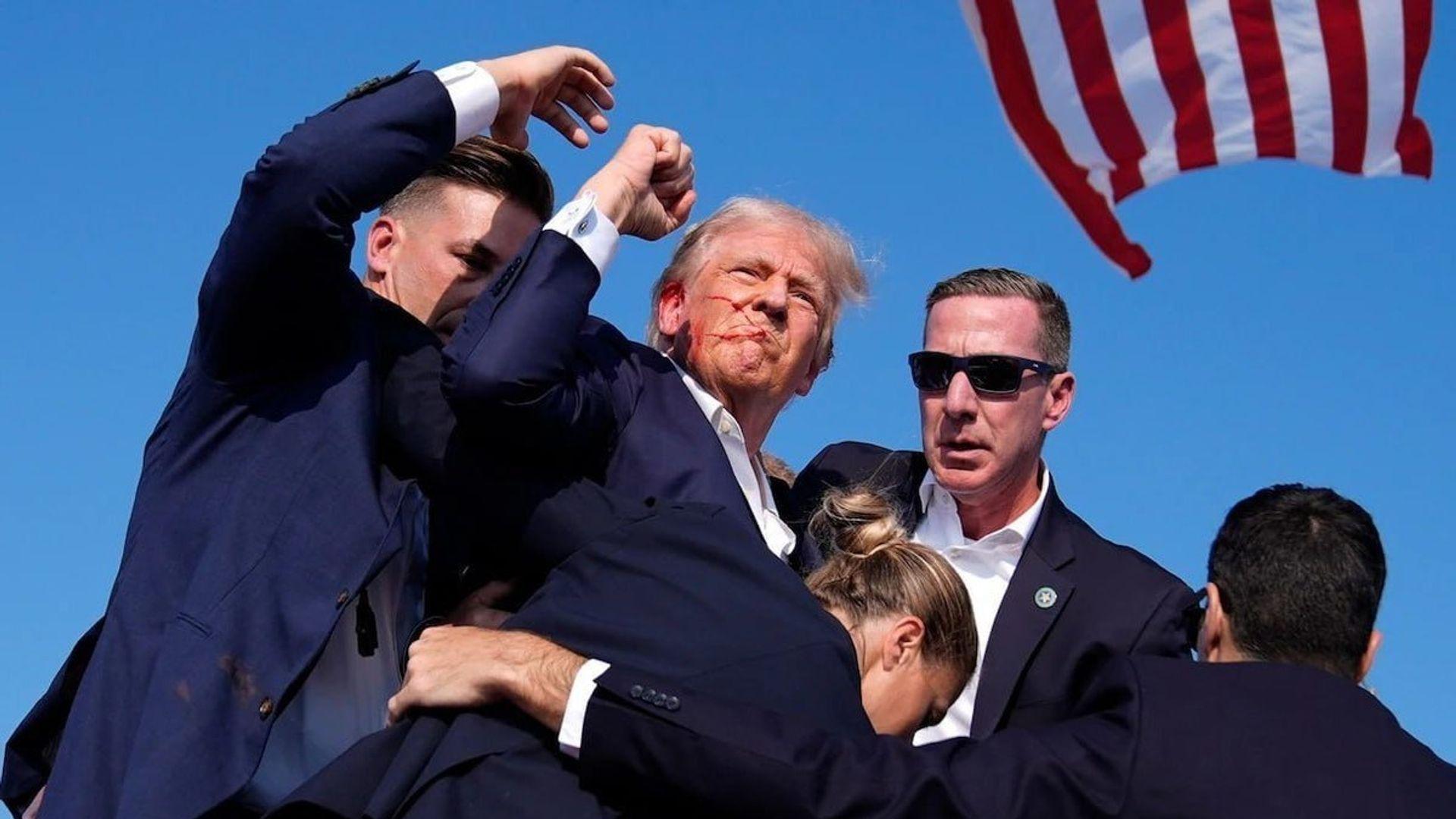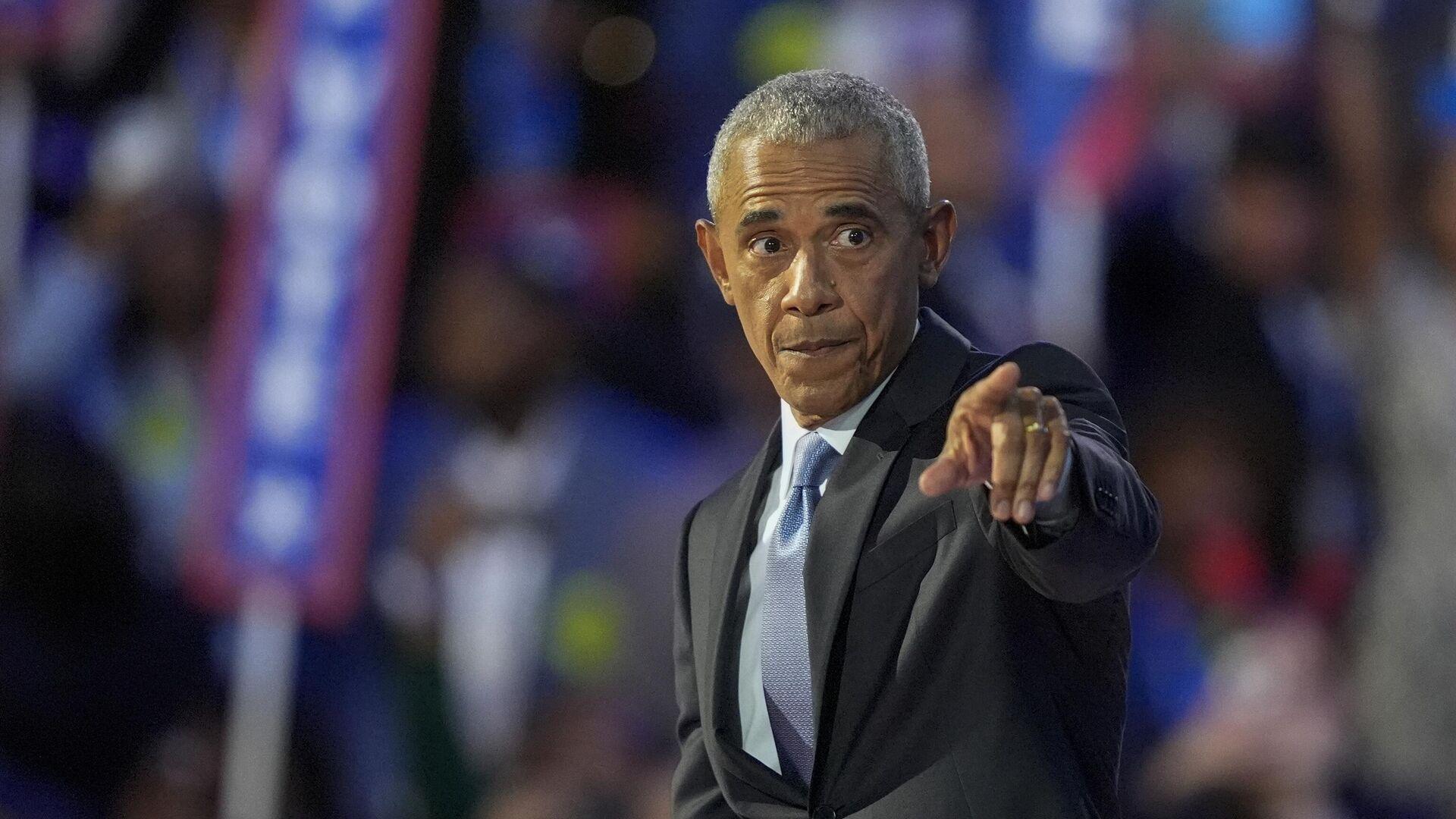Defining dilemma of the 2024 US presidential race Trump vs not Trump
Just a month ago, the choice in the 2024 American presidential campaign seemed to be "Biden or Trump." However, after the current President announced his exit from the electoral race and endorsed his vice president’s candidacy, the choice has definitively transformed into "Trump vs Not Trump." This was evident at the National Democratic Party Conference.
The much-anticipated National Democratic Party Conference has concluded in Chicago. With a few months remaining before the presidential elections, both major US political organizations – the Republicans and Democrats – use this public event to officially nominate their candidates for president and vice president and to boost their chances of election through a high-profile PR spectacle. The Republicans held their own national conference in mid-July, where the Republican "ticket" to the White House was presented with Donald Trump and Senator J.D. Vance.

The Democrats, who control the executive branch, organized their conference a month later – from August 19 to 22. Up until July 21, when Joseph Biden announced his withdrawal from the race, their electoral scenario looked different. However, after Biden’s disastrous televised debates at the end of June, it became clear that the sitting president would not make it to November as a candidate. As we had predicted, the Democratic Party in Chicago ultimately nominated a different politician to challenge Donald Trump. As Joe Biden had intended, this politician was Kamala Harris. Her running mate and vice-presidential candidate in the new administration, according to the Democrats, is Minnesota Governor Tim Walz.
The Chicago showcase
Watching the Democratic political performance in Chicago inevitably brought comparisons and parallels to the similar July event held by the Republicans. The Republican Party Conference in Milwaukee was entirely focused on Donald Trump. This focus was understandable: with the elections approaching, the goal of a national party conference is to emphasize the outstanding qualities of their candidate, demonstrate party unity in supporting this candidate, and showcase confidence in their electoral prospects.
This perception was further enhanced by the unique atmosphere of euphoria in which the Republicans conducted their main campaign show. It was difficult to imagine a better informational and political backdrop for it. Initially, there was Biden's disastrous debate performance, which revealed that the sitting president was physically and mentally incapable of managing the country for the next four years. Then came the failed attempt on Donald Trump’s life, which was presented with a Hollywood-style PR flair after footage of the bloodied politician with his fist raised, calling on his supporters to continue the fight, circulated worldwide. For many at the time, all this seemed to remove any doubt about who the next president of the United States would be.
These dynamics as of mid-July drove many of Trump's opponents, both in the US and abroad, especially in Europe, to the peak of despair, fear, and horror. European politicians and diplomats, who had recently been highly critical of him, began lining up to pay homage to his team. Some even suddenly found much in common with Trump’s policies and began actively asserting that they had always shared his views and approaches on various issues, including those concerning NATO.

However, the replacement of Biden with Kamala Harris significantly altered the dynamics of the election campaign. The primary and insurmountable problem for the Democrats with Biden as a candidate – his age and the associated physical and mental dysfunction – vanished almost instantly. After the disastrous TV debates in June and Biden's official withdrawal from the presidential race, this problem had prevented serious discussion of anything else, including the competitors' campaign promises. With this issue gone, it was as if a powerful tsunami had reset the electoral scenarios. Now, Democrats were loudly criticizing the advanced age of the Republican candidate, who seemed to be old enough to be Harris’s father.
These changes were quickly reflected in public opinion polls. Although the current vice president does not appear to be an outright favorite, she has rapidly closed the gap with Trump’s ratings. For example, data from the New York Times shows that as of August 22, Harris slightly surpasses Trump at the national level, with 49% support compared to 47% for the leading Republican. She also enjoys slightly more popularity in two of the five key states – Wisconsin and Michigan, while in Pennsylvania and Arizona, both candidates have the same level of support. This represents a noticeable improvement in the Democrats’ position compared to the situation before July 21, when their chances of keeping the White House seemed almost fanciful.
The significance of sociological polls, especially during the heat of a presidential campaign, should not be overstated. As we recall, in 2016, polls unanimously showed that Trump had no chance against Hillary Clinton. Nonetheless, polls provide a wealth of interesting and useful information for analysis.
"Trump sounds from every speaker"
Against the backdrop of Harris's improved position, one might have expected the National Democratic Party Conference to be a complete mirror image of the Republican event. Given the changed dynamics and the Democrats' return to the real race, there could have emerged a sort of personality cult around the first non-white female presidential candidate. And stylistically, the Democratic conference was indeed not very different from the Republican one. Using similar PR techniques, its organizers aimed to address identical tasks.
However, despite the similarities in format between the two conferences, it was hard not to notice that the central figure at the Democratic event was still… Donald Trump.

No matter how much they tried to highlight the merits and advantages of the Harris-Walz ticket, or emphasize the unity of Democrats around the new candidates, the specter of Donald Trump loomed visibly over the venue, the legendary Chicago Bulls arena where the event was held. It was rare for any speaker at the Democratic conference not to mention his name, and some even dedicated the central and most substantive parts of their speeches to him.
Therefore, the recently concluded Democratic conference revealed that, after Biden's withdrawal, the essence of the presidential campaign and the choice facing American voters has come down to an incredibly simple dilemma: "Trump vs Not Trump." In other words, the entire campaign has ultimately become a referendum on Donald Trump. Everything else – the names of the competitors, their personal and political characteristics, the proposed programs – has become relatively insignificant and secondary. Everything hinges on the Trump factor, which some people hate vehemently while others worship. There is no middle ground.
If you look at recordings of numerous past party conferences in the US, it’s hard to find anything similar. When one candidate so completely dominates the agenda, not just within their own party but also among their political opponents. This is indeed a fascinating historical moment. Not unique in an international context, but still very rare.
This moment reflects not so much on Trump himself but on the current political atmosphere in the US. It highlights the profound societal divide within what is still the world's most powerful nation and the serious crisis in the American political system that this divide reflects.
"The world is watching"
In his speech at the Democratic conference, former President Barack Obama emphasized that "the rest of the world is watching” the US today. He is undoubtedly correct. This is indeed the case, but not just because of the unpredictability of the elections and the foreign policy course Washington will follow afterward. While this is important, as we have previously noted, changes in US foreign policy will inevitably occur regardless of the name of the next president or who occupies the White House in 2028. These changes will be a response to objectively transforming conditions in international relations, which Washington cannot fundamentally influence and will therefore be forced to adapt its strategy to.

What truly holds the world's attention today is the question of the future of American democracy. How quickly and effectively will American elites and society be able to overcome the profound political crisis? And how will the US itself change as a result of this crisis? Answers to these questions may have far more significant implications for the world in the future than may seem apparent at the moment.








